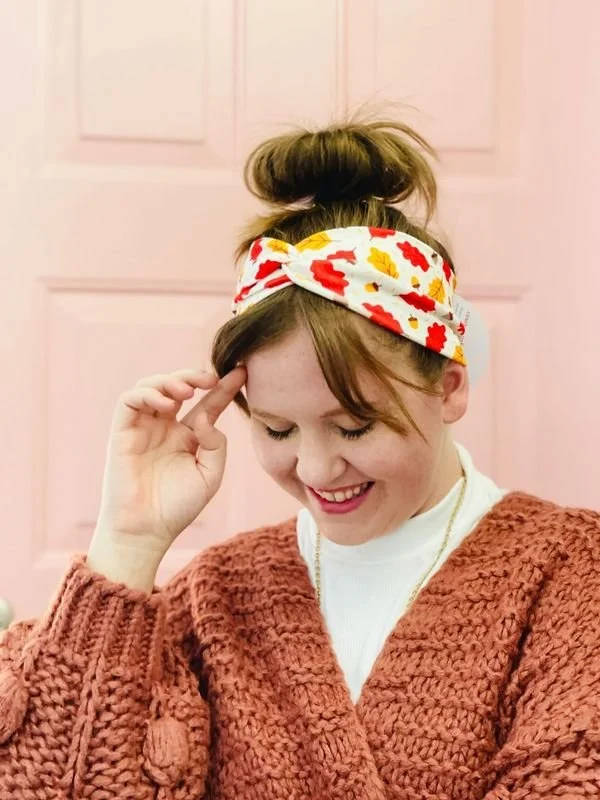Environmental Impacts of Fast Fashion and Tips for Buying Second Hand
Our society has become accustomed to impulse buying fast-fashion pieces typically made with poor quality materials, and then tossing those items away after only a few uses. I think it is time to alter our views on our responsibility in the clothing consumption cycle.
Before you take Marie Kondo’s advice to #KonMari your closet and throw away the clothes that no longer bring you joy, I challenge you to consider the impact your clothing consumption has on the environment.
Americans discard 13 million tons of textiles each year and according to Textiles and Clothing Sustainability by Roos, et. al; clothing production is currently one of the world’s most polluting industries. The clothing industry is not only contributing to landfills but impacting the environment through its immense use of water usage and pollution during production and transportation.
While environmental degradation can be attributed to the clothing industry, an equal part of the responsibility should be put on us- the consumers. Rather than being mindless shoppers with no control over clothing’s environmental impact, instead remember that we are instrumental in determining the number, frequency, and type of clothing we purchase. We are also responsible for how these items are used, maintained, and disposed of once those clothes are worn out or no longer wanted. All of these consumer-related aspects have implications on the clothing industry’s total impact on the environment.
One major step toward reducing clothing waste is for consumers to simply buy fewer clothes. Limiting impulse buying and opting for better quality products can mean spending more money upfront, but it means your clothes will likely last longer and result in fewer purchases over time.
Shopping at second-hand stores is another great option to reduce your impact on the clothing consumption cycle. Fortunately, high-end clothes can often be found at deep discounts at brick-and-mortar or online thrift shops.
While I love discovering a great thrifted piece on a serious discount, I can quickly feel overwhelmed by the process of shopping, which is why I reached out to my friend Logan Martinez for some advice. Not only does Logan enjoy thrift shopping, but she got her start in sustainable fashion with a side hustle of buying thrifted clothing and selling it on Poshmark.
Logan enjoys fashion and thrift shopping.
Logan is an expert at finding second-hand treasures and she is using her consumer power to shrink the clothing consumption cycle.
Here are Logan’s top tips for thrifting:
Go often - Thrifting is a super fun hobby, but to really find the good stuff, you have to go often. I’ll go thrifting a couple of times a week at various locations around town and surf a few racks.
Focus on one item at a time - Don’t get overwhelmed or discouraged! Thrift stores can either be clean and tidy or pretty unorganized and overwhelming, don’t let that discourage you. Try to pick one item you like to shop for (shoes, tops, dresses, etc.) and only focus on that one area. Sometimes I shop for a couple of hours and only look at shoes and skirts.
Know your brands - Finding good brands didn’t come naturally for me. For months I would take a ton of time to shop because I was trying to look up brands in the store (which is a great way to learn, but time-consuming). Now I have a good enough list of brands I know by heart and when in doubt, I’ll check for the style, fabric type, and quality, which usually adds up to better brands!
Pay attention to fabrics - Speaking of fabric, I love sourcing by feel! I was shopping today and only had 20 minutes. I surfed the sweater rack by feeling the sleeves and pulled out three cashmere sweaters. Cashmere is so soft, you can’t mistake it! I also love silks, both fabrics are usually a sign of higher quality brands or collections.
Before you make your next fast-fashion purchase, remember your buying power, take a moment to think about where that trendy top will end up next year, and consider if you could find a similar piece at your local thrift shop. What will bring you more joy in the long term - new threads or the satisfaction of knowing you're reducing your impact on the environment by decreasing your clothing consumption?
